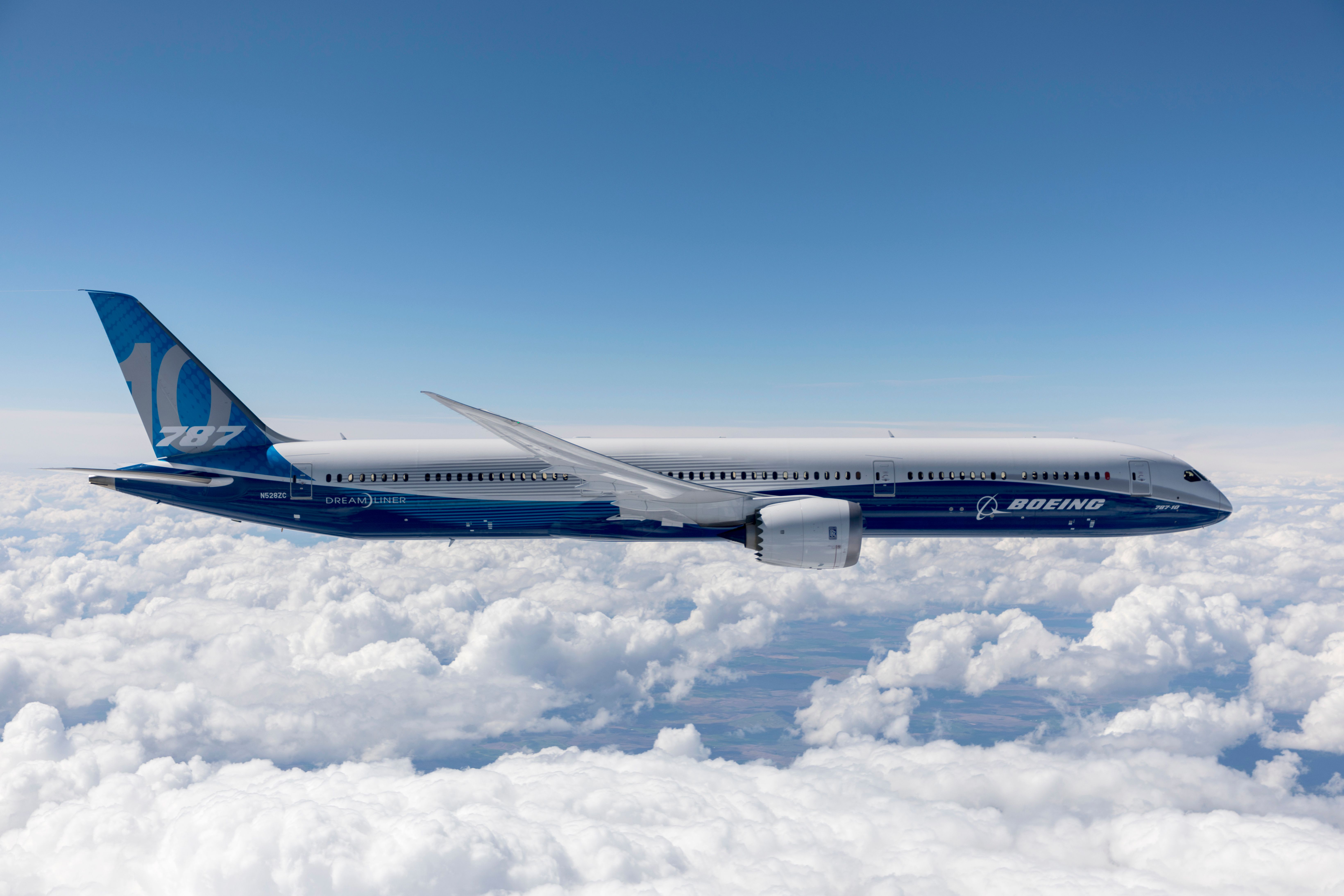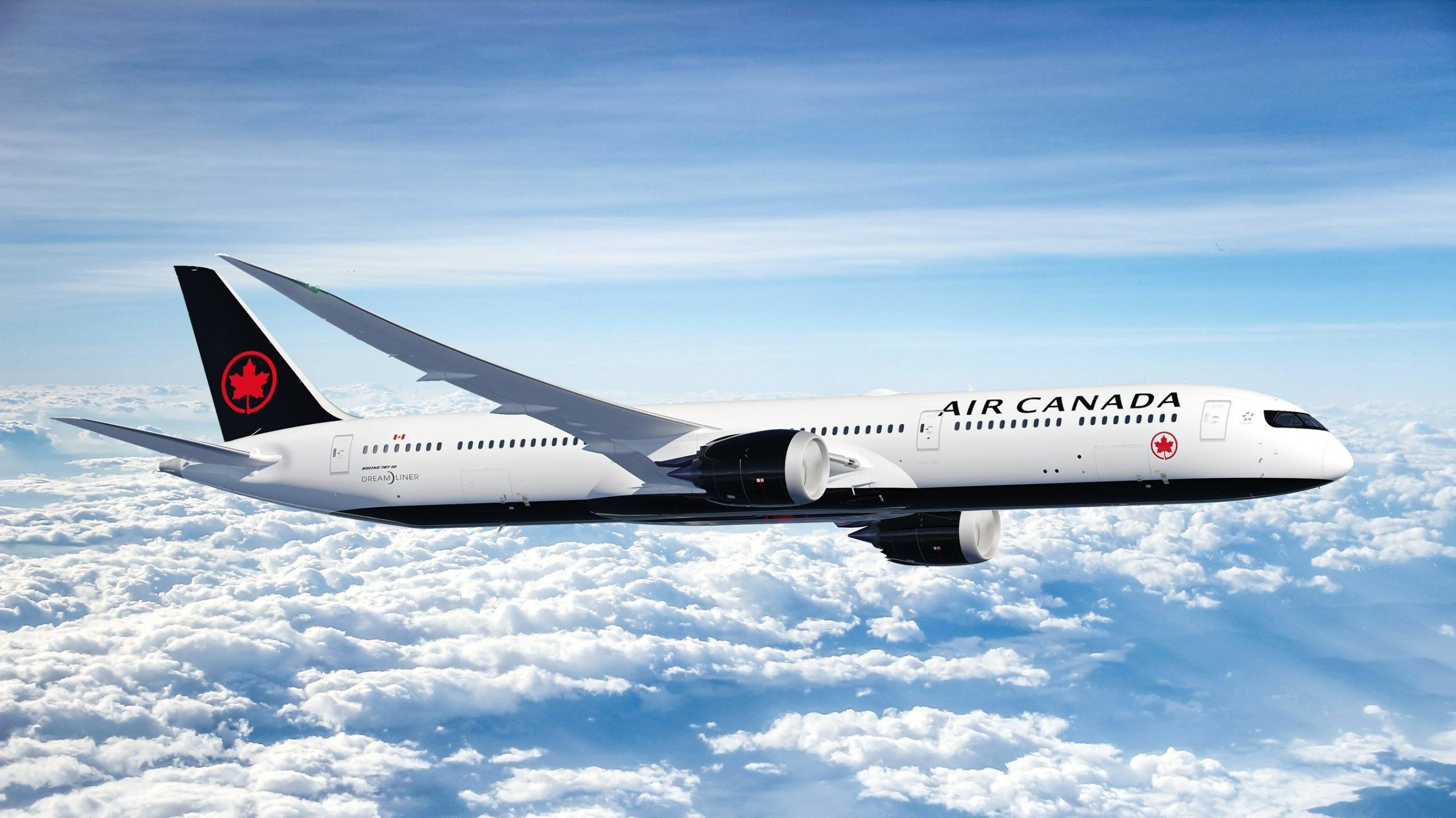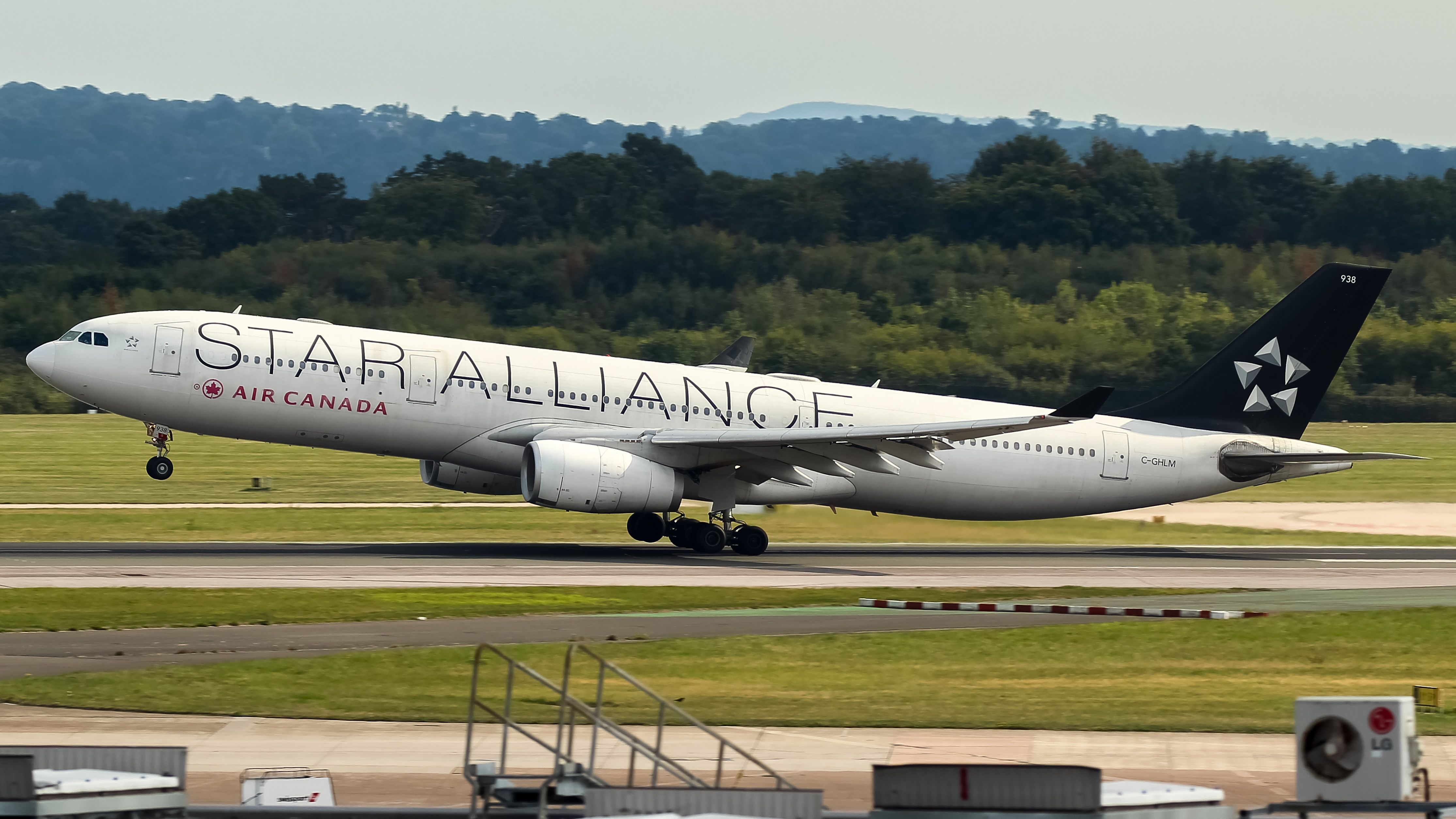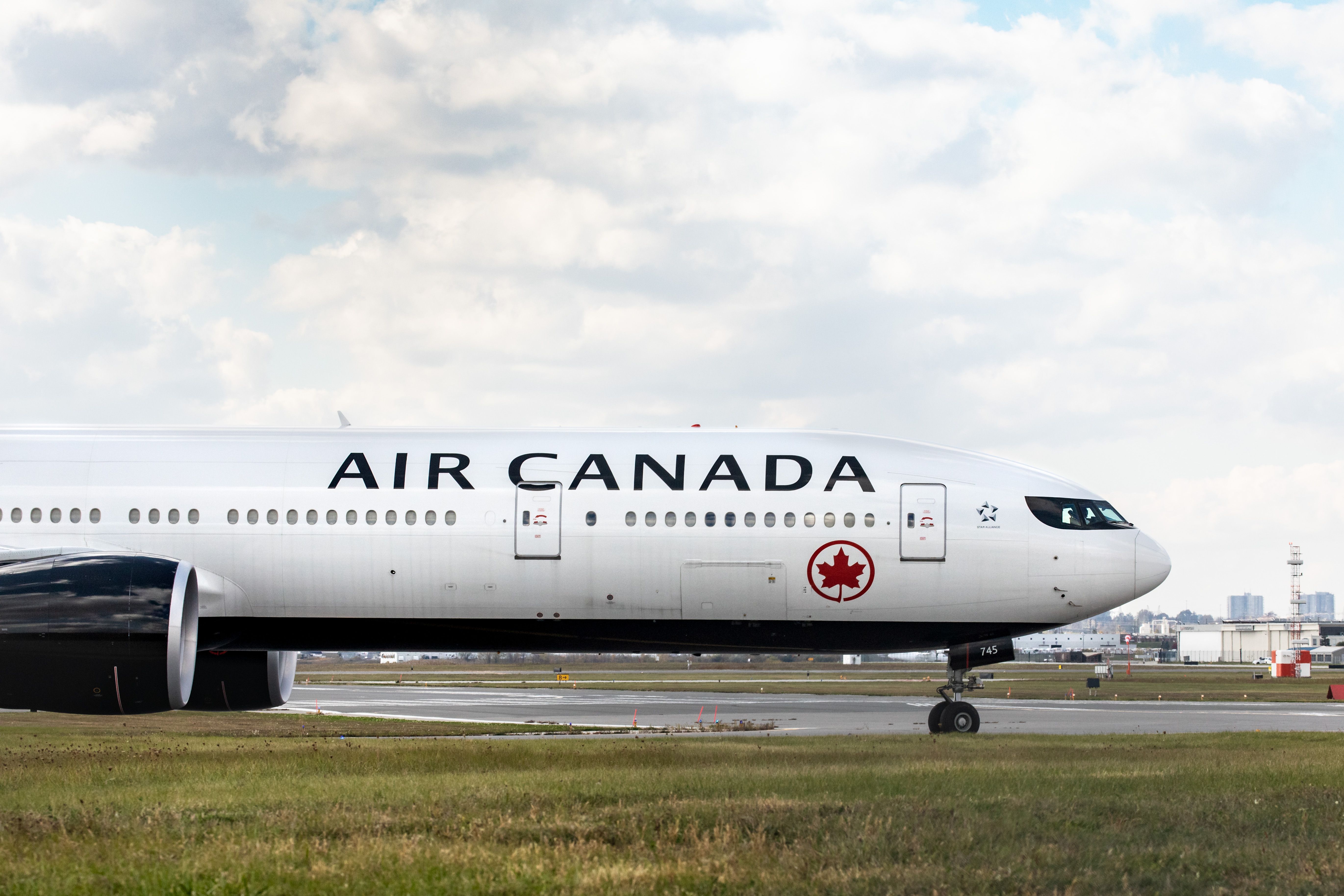Summary
- Air Canada has placed a firm order for 18 Boeing 787-10 aircraft and has the option for 12 more, making it one of a few carriers to operate all three variants of the 787 family.
- The Canadian flag carrier aims to invest in passenger experience and is excited to offer a larger version of the popular Dreamliner with a new, state-of-the-art interior design.
- The 787’s fuel efficiency will help Air Canada achieve operational savings and align with its sustainability goals of reducing emissions.
Air Canada has today revealed that it has placed firm orders for 18 Boeing 787-10 aircraft, with 12 more options for further deliveries. The Canadian flag carrier expects to take delivery of these aircraft from the American planemaker as soon as 2025. The deal means that Air Canada will become one of just a handful of carriers to operate all three variants of the Dreamliner.
Commenting on the order, Michael Rousseau, President and Chief Executive Officer of Air Canada, remarked,
“Air Canada has made investing in the passenger experience a core priority. Our experience shows customers greatly enjoy flying on the Dreamliner, so we are pleased to offer them a larger version of this popular aircraft, which will premiere a new, state-of-the-art interior cabin design. As importantly, the 787 is highly fuel efficient and will generate operational savings as well as support our sustainability goals of reducing emissions.”
 New 787s to cut carbon emissions
New 787s to cut carbon emissions
Air Canada says that the aim of today’s Boeing 787-10 order is to cut carbon emissions from its widebody fleet. The first aircraft will be delivered from October to December 2025, and the airline has hinted that they will have a brand-new cabin design that is state of the art but is yet to elaborate further. Air Canada will be using the new aircraft to replace older aircraft in its fleet, leading to a 25% lower fuel burn.
According to fleet data from ch-aviation.com, the current Air Canada passenger widebody fleet consists of:
|
Aircraft |
Number |
Average Age |
|---|---|---|
|
Airbus A330-300 |
18 |
17.4 |
|
Boeing 777-200LR |
6 |
15.9 |
|
Boeing 777-300ER |
19 |
13.3 |
|
Boeing 787-8 |
8 |
9.1 |
|
Boeing 787-9 |
30 |
6.5 |
At a guess, given the numbers involved, it would seem as though the 787-10 is due to replace the Airbus A330-300 to create an all-Boeing widebody fleet, though it hasn’t been confirmed which aircraft are being replaced.
Photo: Bradley Caslin / Shutterstock
No 777-200 Freighters?
Air Canada also has four inactive passenger Boeing 767-300ERs, though these are already earmarked to be converted into freighters. It also had two orders for new Boeing 777-200 freighters. When announcing today’s order, Air Canada clarified that it will replace the existing Boeing 777F order, meaning that these are no longer expected to join the fleet.
“The Boeing 787-10 aircraft order announced with Boeing today substitutes for a previously announced agreement to purchase two Boeing 777 freighter aircraft and, as a result, Air Canada will no longer take delivery of the two freighters.”
Photo: sockagphoto / Shutterstock
Joining a small club
When the 1st Boeing 787-10 is delivered to Air Canada, the airline will join a small club of just five airlines that operate the Boeing 787-8, -9, and -10. ANA, British Airways, and United Airlines are the only other airlines that currently fly all three variants. Korean Air could also be considered in this exclusive group once its 1st 787-10s are delivered, though this is with a caveat. While Korean Air is listed as operating a single Boeing 787-8 alongside its 10 787-9, the 787 is a Boeing Business Jet (BBJ) that doesn’t wear the Korean Air livery.
What do you make of Air Canada’s Boeing 787-10 order? Let us know what you think and why in the comments below!



